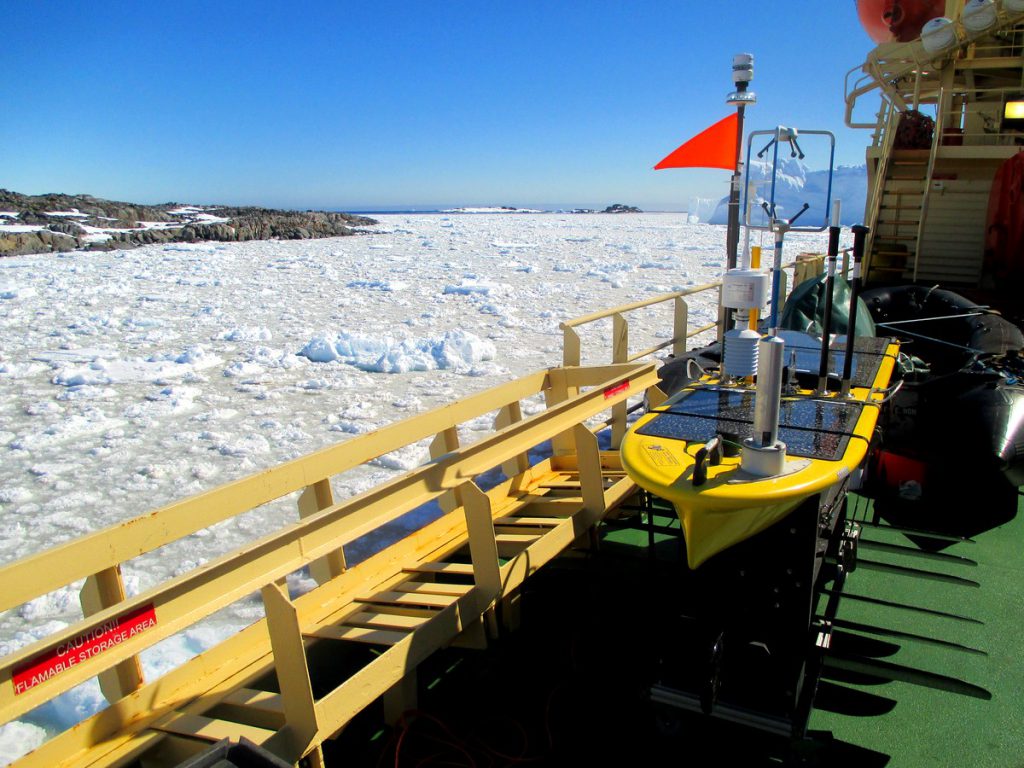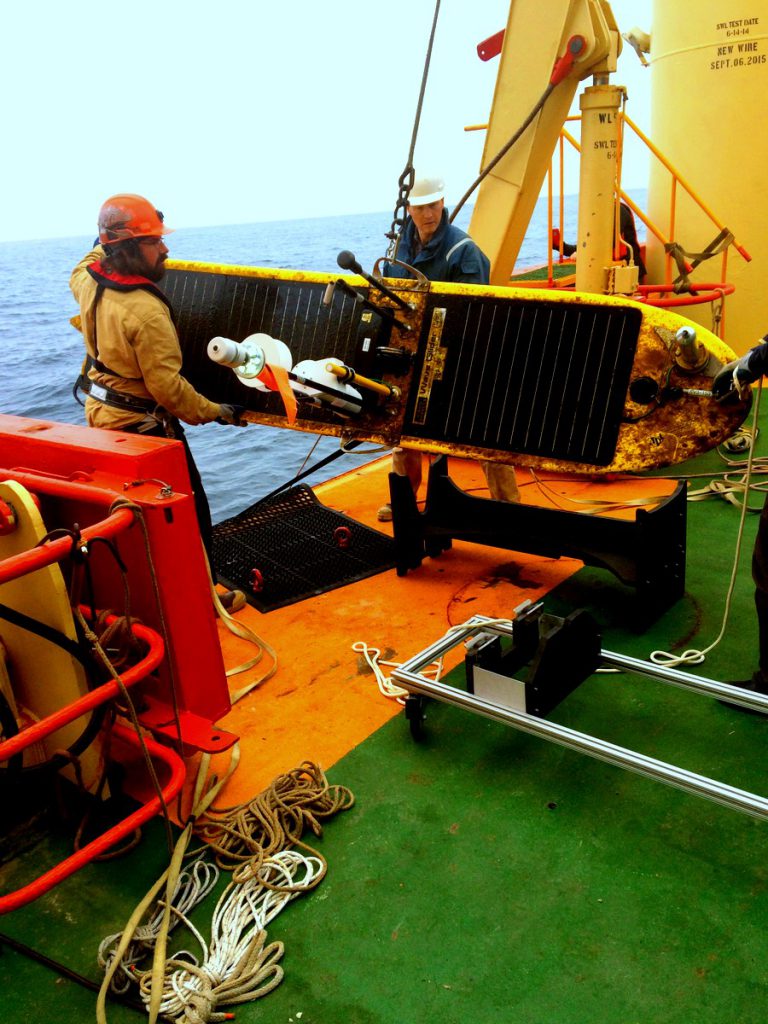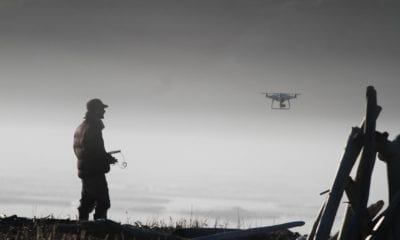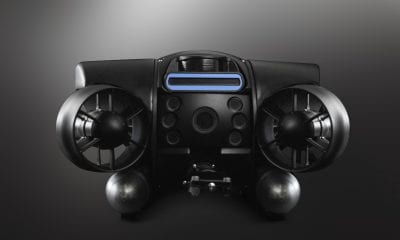News
Robotic Surf Board – Wave Glider Surfs Southern Ocean
Global warming and increasing weather variations across the globe is driving intensive studies of Earth’s climate. Oceans cover ~70% of earth’s surface. This makes them an important part of climate research, as scientists try to understand and predict climate shifts with increase in heat-trapping gases. Part of this research involves studying oceans deep under the water, where satellite imagery may be unavailable, or places too perilous or expensive to reach and perform the studies.
Scientists are increasingly taking the help of technology to circumvent such barriers to their conducting critical research. This is where ocean drones come into the picture. Ocean drones are independent, unmanned floating vehicles that are now being used as effective research tools to collect data from the oceans. Fitted with the right tools, these vehicles can collect data from highly inaccessible places in an efficient and cost effective manner.
One such type of an ocean drone is the Wave Glider, a robotic surf board, designed for long duration operations in rough sea conditions. Manufactured by Liquid Robotics (a Boeing Co. subsidiary), the Wave Glider utilises wave energy (the movement of water beneath its surface) for its movement and solar energy to power its sensors. This ensures that the board can operate for a significant amount of time without requiring maintenance. The Wave Glider has typically been used to collect weather data, monitor potential seismic events and even as a patrol for illegal fishing.
Southern Ocean (or the Antarctic Ocean), comprises the southernmost portions of the Atlantic, Pacific and Indian Oceans. It is considered a key variable in determining Earth’s climate, and is characterized by strong currents, large waves and rough winds. The ocean surface develops into a spin cycle due to winds and waves, as currents combine with substantial heat energy from the other oceans. Such conditions make it difficult for oceanographers to conduct studies, keeping such areas under-researched.
The University of Washington recently used a Wave Glider to collect data along the water surface from Antarctica to South America. The surf board was fitted with additional tools to measure temperature, wind speed, air pressure and humidity. The route included crossing the Drake Passage, a 500 mile water channel between South America’s Cape Horn and the South Shetland Islands of Antarctica, known for its massively turbulent waters.

The Wave Glider near Antarctica’s Palmer Station in December (that’s summer for this region) before starting its epic voyage on the Southern Ocean.Avery Snyder/University of Washington
Researchers had to occasionally pilot the surf board remotely to ensure a ‘zig-zag’ movement pattern while crossing the Drake Passage. This was designed to study the Antarctic Circumpolar Current that creates strong water swirls and reverse currents (eddies).
The Wave Glider started from the Antarctic Peninsula in December and reached near Argentina in March, but could not complete its journey due to lack of sufficient solar power towards the end. However, the board allowed researchers access to a continuous set of data, from a geographically important but remote region, that they did not have before. A research ship would have cost millions of dollars, making funding difficult.

Matt Boyer (left) and Jim Thomson retrieve the Wave Glider in March from off the coast of Argentina.University of Washington
Improved access and reasonable cost of mission has raised the hopes of researchers that further funding may be available in the future to allow regular monitoring of the Drake Passage and collect additional data.


























